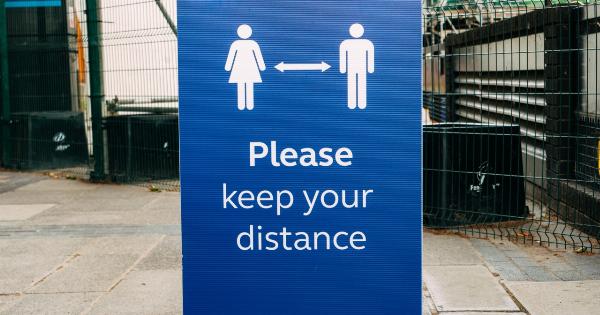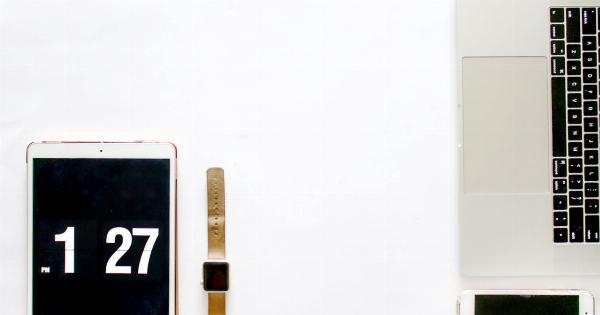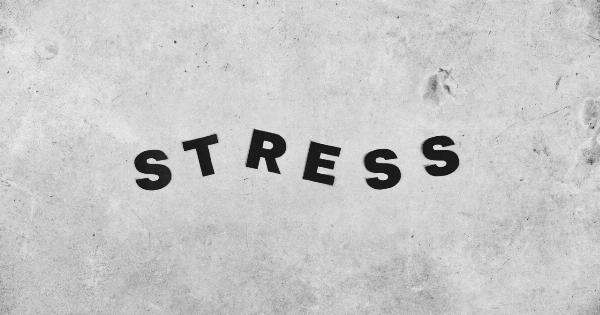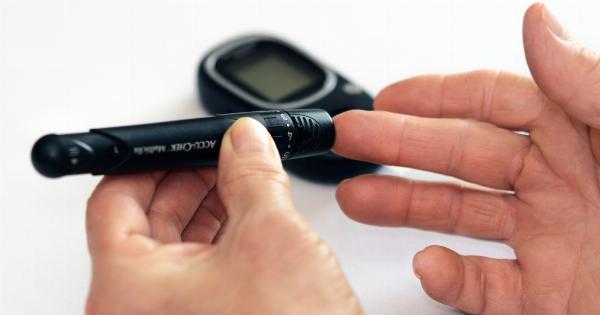Panic attacks are sudden episodes of intense fear or anxiety that can be overwhelming and debilitating.
These attacks can come out of nowhere and cause a wide range of symptoms, including heart palpitations, shortness of breath, chest pain, dizziness, trembling, sweating, and even a sense of impending doom.
Recognizing the Signs of a Panic Attack
Before we delve into the steps to take for regaining control over panic attacks, it’s important to understand how to recognize the signs of an attack. Panic attacks can manifest differently in each individual, but some common symptoms include:.
- Rapid heartbeat or palpitations
- Shortness of breath or hyperventilation
- Chest pain or discomfort
- Sweating or chills
- Trembling or shaking
- Feeling dizzy or lightheaded
- Nausea or stomach discomfort
- Fear of losing control or going crazy
- A sense of impending doom or death
Step 1: Educate Yourself
Educating yourself about panic attacks is an essential first step in regaining control. Understanding the physiological and psychological aspects of panic attacks can help demystify the experience and reduce fear.
There are numerous resources available, including books, online articles, and support groups, where you can learn more about panic attacks and gain valuable insights into managing them.
Step 2: Seek Professional Help
If panic attacks are significantly impacting your daily life and well-being, it’s important to seek professional help. A healthcare provider or mental health professional can diagnose panic disorder and provide appropriate treatment options.
They may recommend therapy, medication, or a combination of both to help manage and reduce the frequency and intensity of panic attacks.
Step 3: Practice Deep Breathing Exercises
During a panic attack, your breathing can become rapid and shallow, exacerbating the symptoms. Practicing deep breathing exercises can help regulate your breathing and reduce the intensity of panic attacks.
Focus on inhaling deeply through your nose, holding your breath for a few seconds, and exhaling slowly through your mouth. Repeat this process several times until you feel a sense of calmness.
Step 4: Challenge Negative Thoughts
Panic attacks often stem from irrational fears and catastrophic thinking. Learning to challenge and reframe negative thoughts can be empowering and help prevent panic attacks.
Whenever you notice negative thoughts creeping in, ask yourself if there’s any evidence to support those thoughts or if there are alternative explanations. Practice replacing negative thoughts with more rational and positive ones.
Step 5: Practice Relaxation Techniques
Engaging in relaxation techniques regularly can help you manage stress and reduce the likelihood of panic attacks. Examples of relaxation techniques include meditation, progressive muscle relaxation, visualization, and yoga.
Find a technique that resonates with you and incorporate it into your daily routine.
Step 6: Establish a Support System
Building a support system of understanding friends, family, or support groups can make a significant difference in managing panic attacks.
Share your experience with trusted individuals who can provide emotional support and help you navigate through challenging times. Joining a support group can also provide an opportunity to connect with others who have similar experiences and share coping strategies.
Step 7: Foster a Healthy Lifestyle
Adopting a healthy lifestyle can have a positive impact on your emotional well-being and reduce the frequency of panic attacks.
Prioritize regular exercise, eat a balanced diet, get sufficient sleep, and minimize the intake of stimulants such as caffeine and alcohol. Engaging in activities that bring you joy and practicing self-care are also essential components of a healthy lifestyle.
Step 8: Practice Mindfulness
Mindfulness involves staying present and paying attention to your thoughts, emotions, and physical sensations without judgment.
Regular mindfulness practice can help you become more aware of the early signs of a panic attack, giving you the opportunity to intervene before it escalates. Techniques such as mindful breathing, body scans, and observing your thoughts can help cultivate a sense of calmness and control.
Step 9: Gradual Exposure to Triggers
Panic attacks are often triggered by specific situations or stimuli. Gradually exposing yourself to these triggers can help desensitize the fear response and reduce their power over you.
Start with situations that evoke mild anxiety and gradually work your way up to more challenging scenarios. This process, known as exposure therapy, can be done with the guidance of a therapist.
Step 10: Celebrate Your Progress
Recovering from panic attacks takes time and effort, so it’s important to celebrate your progress along the way. Acknowledge and reward yourself for the small victories and achievements you make in managing panic attacks.
Focusing on your progress can boost your confidence and motivation, reinforcing your ability to regain control over panic attacks.






























